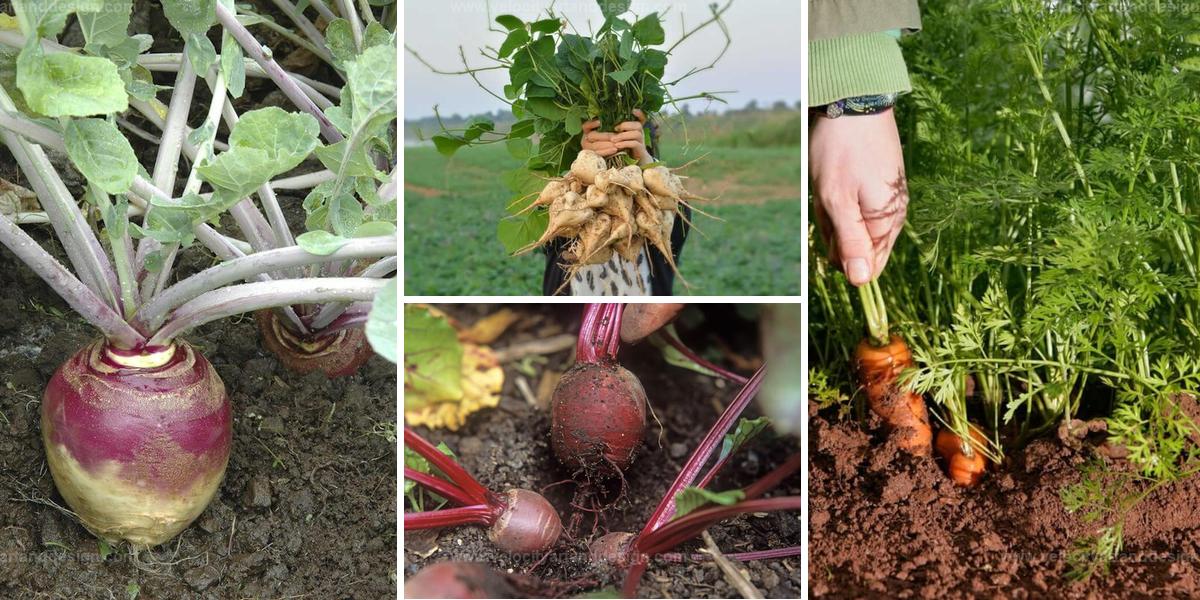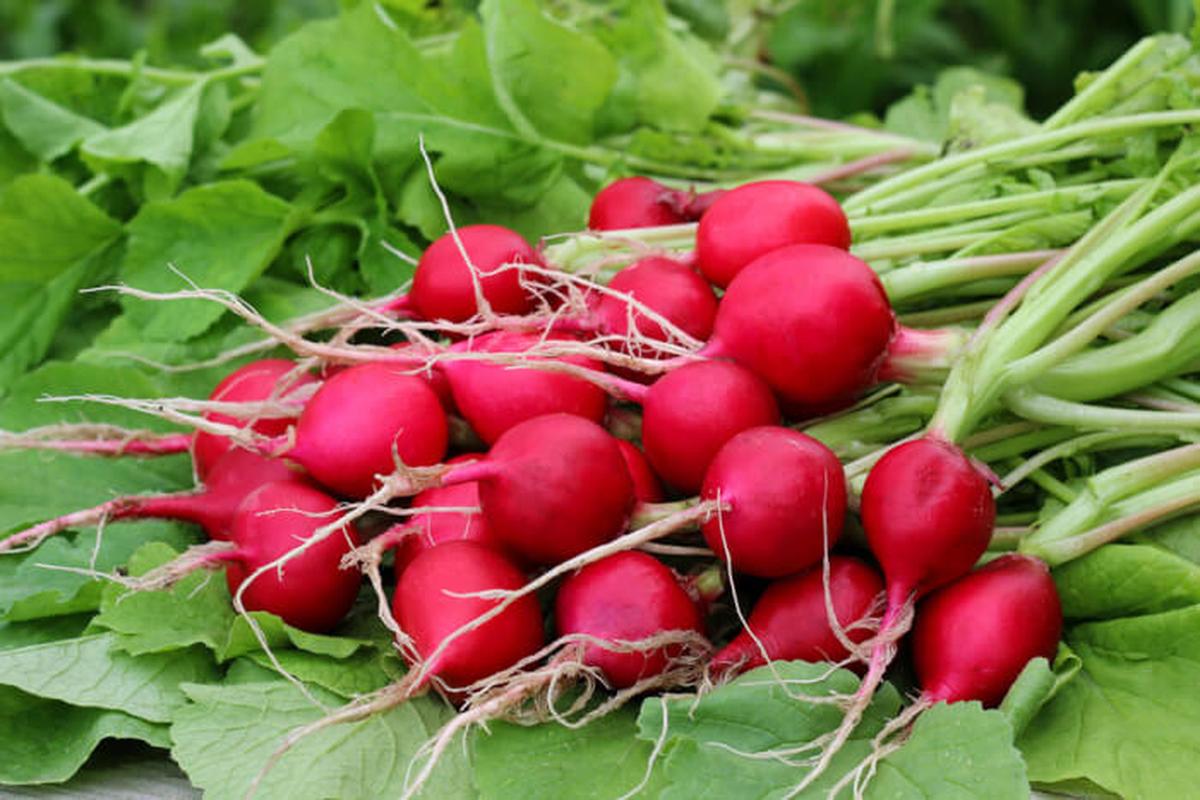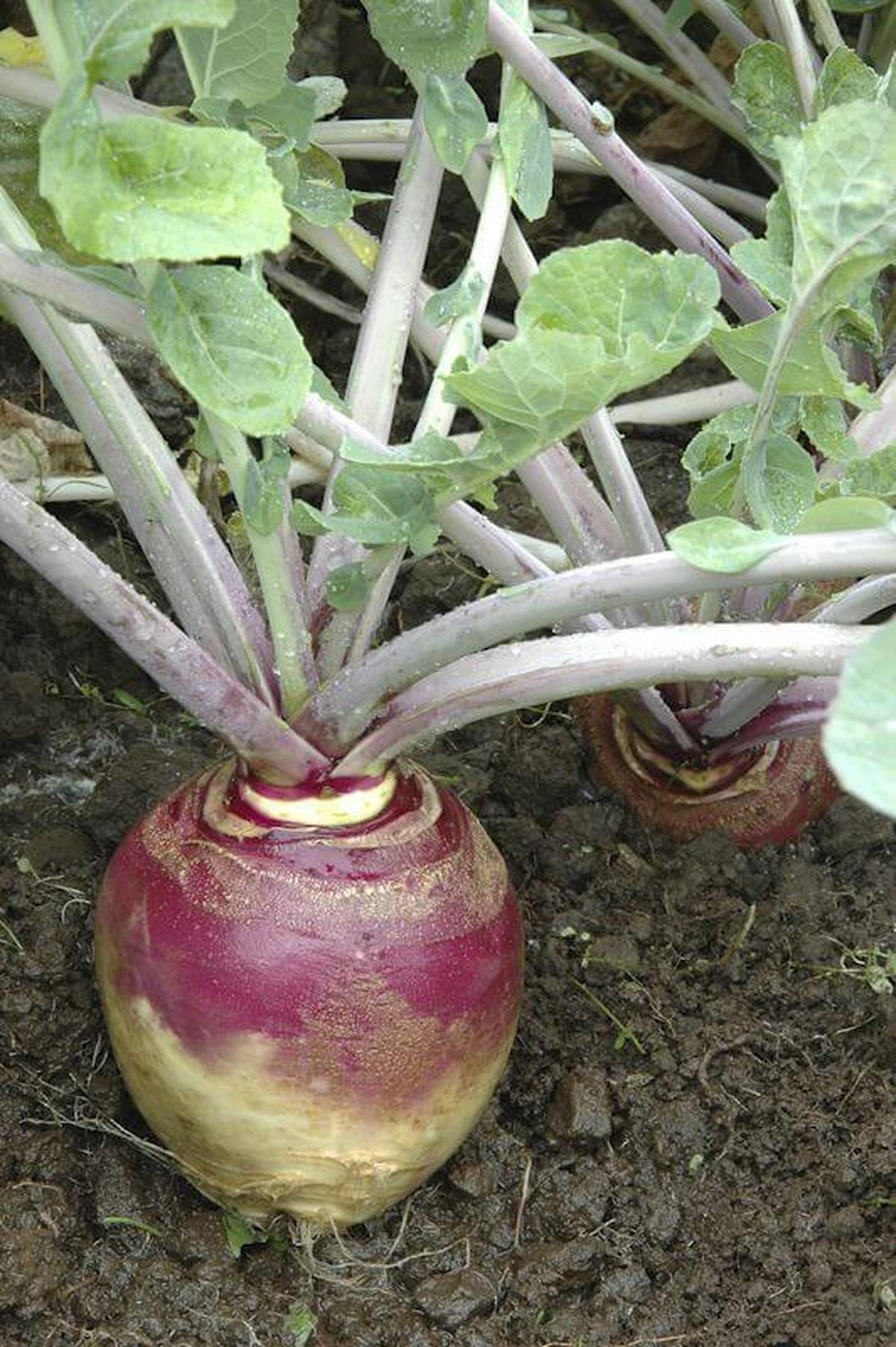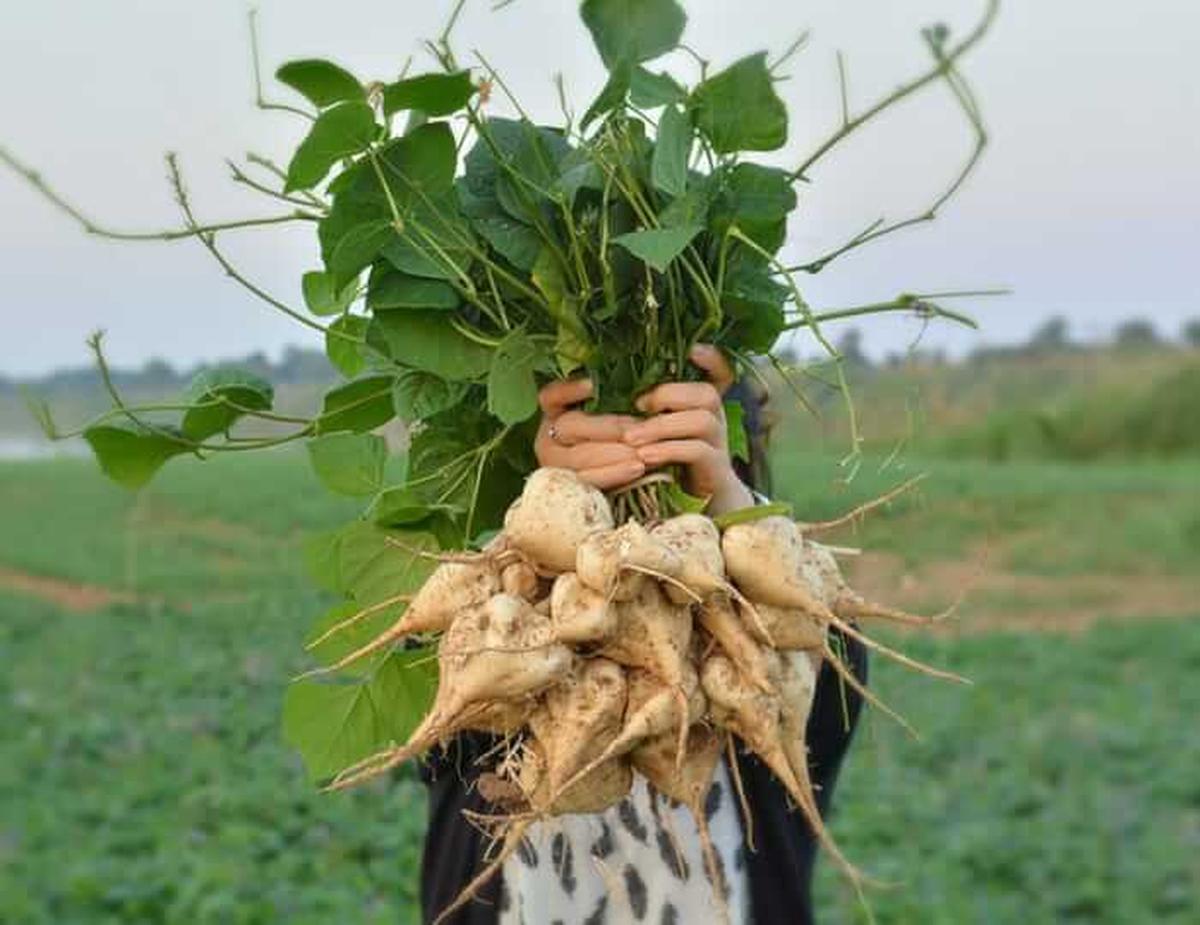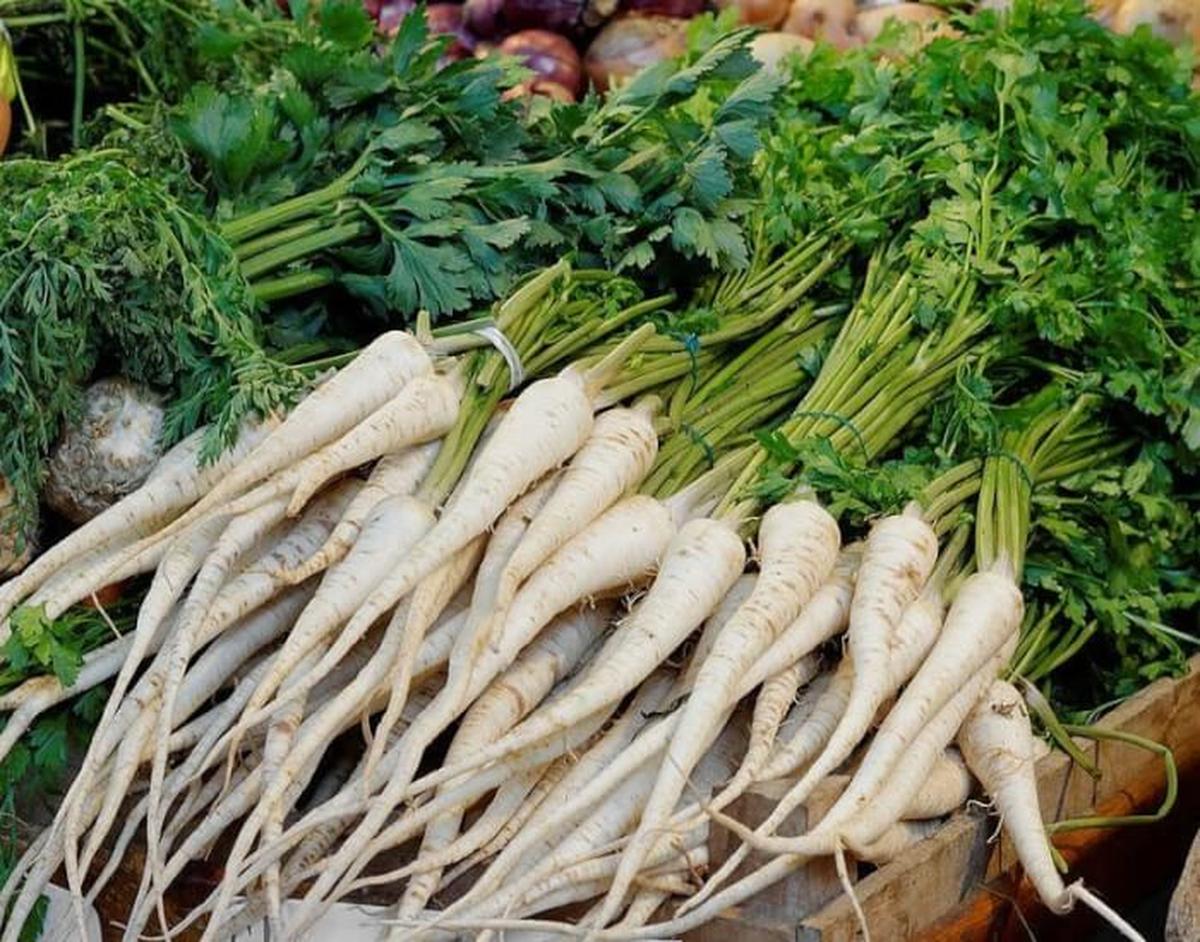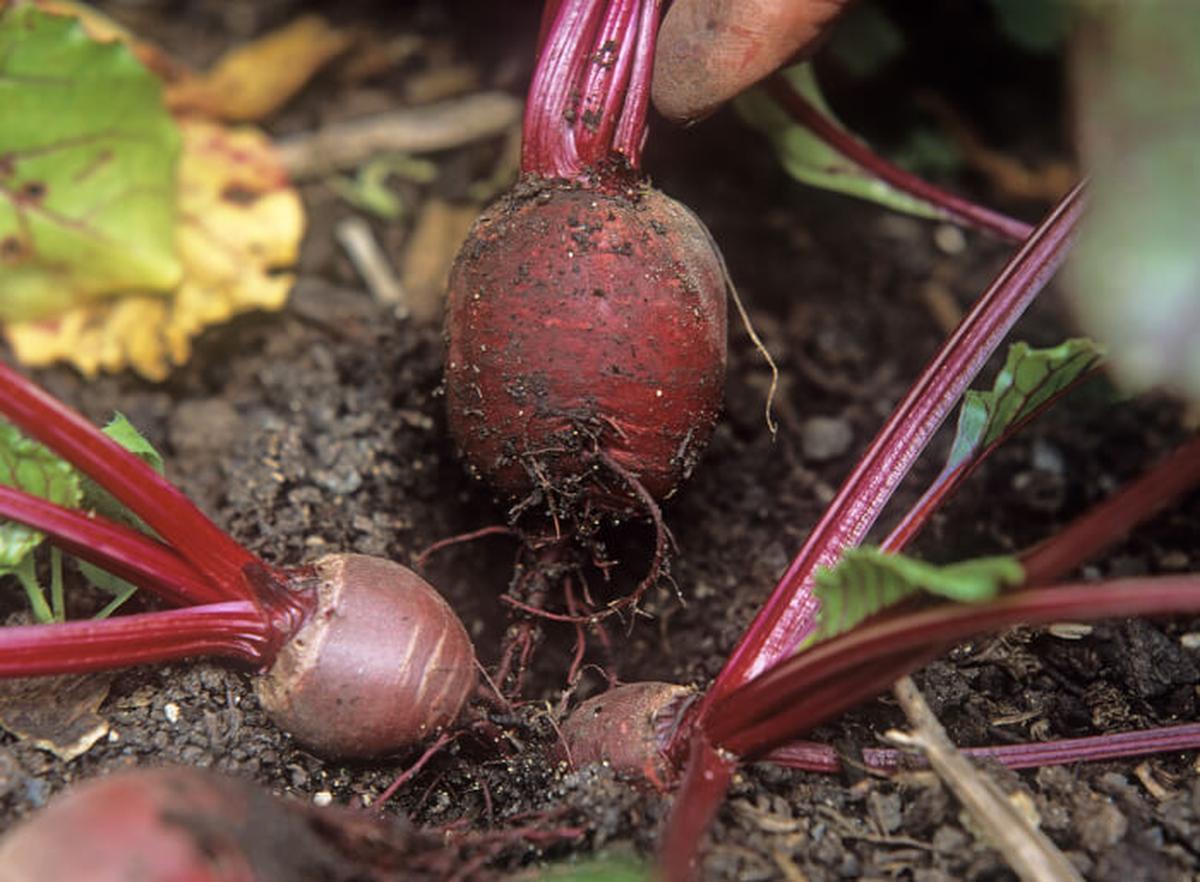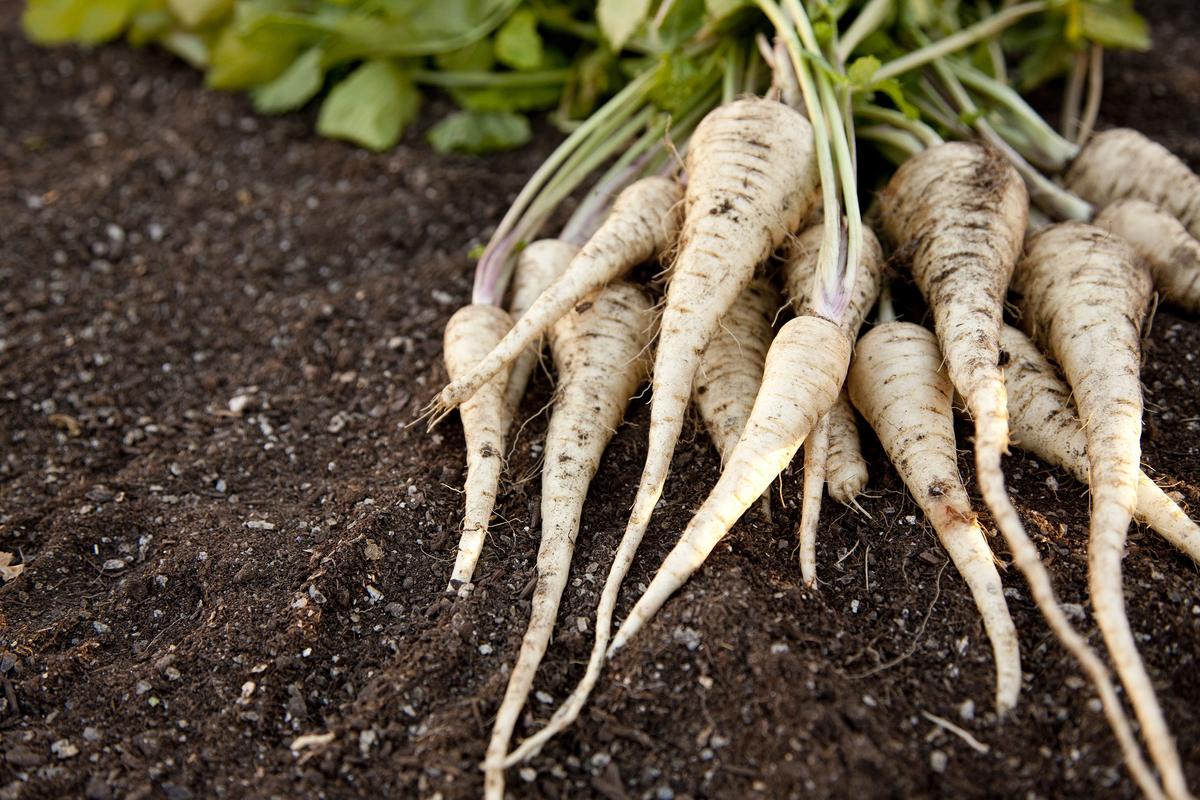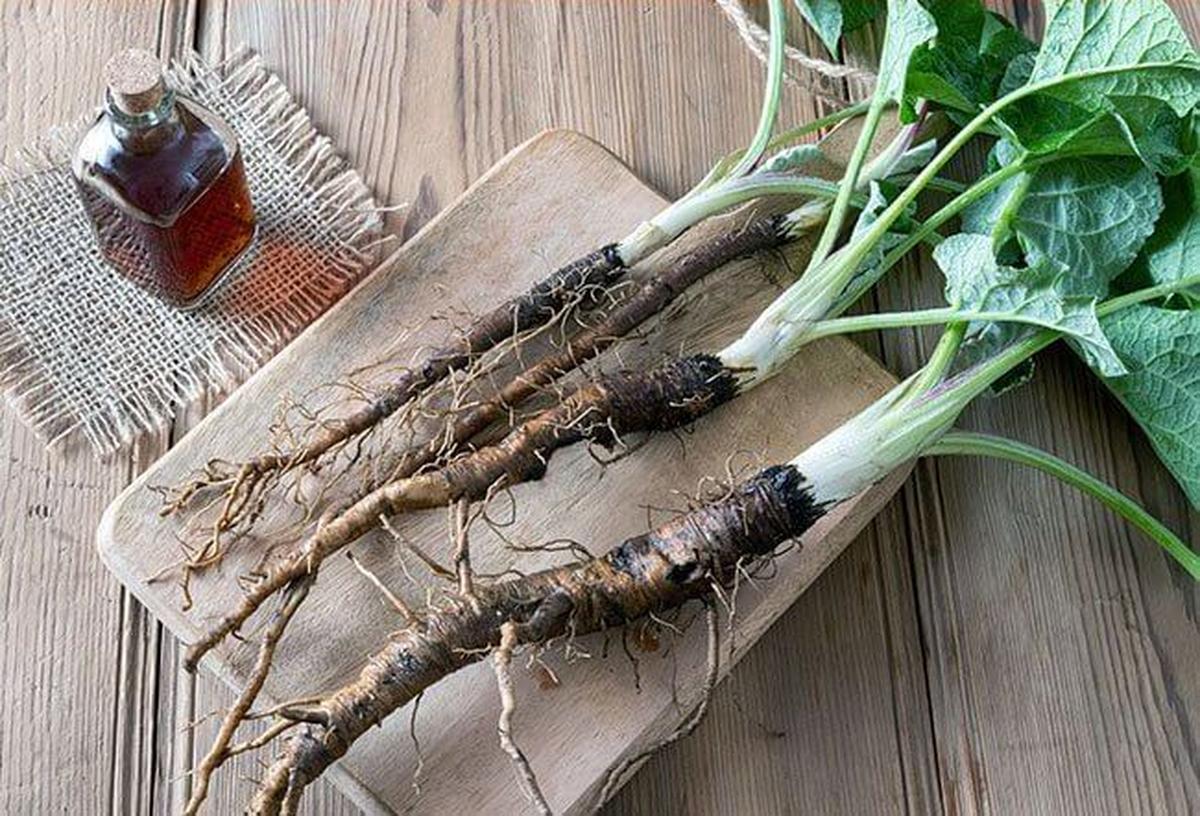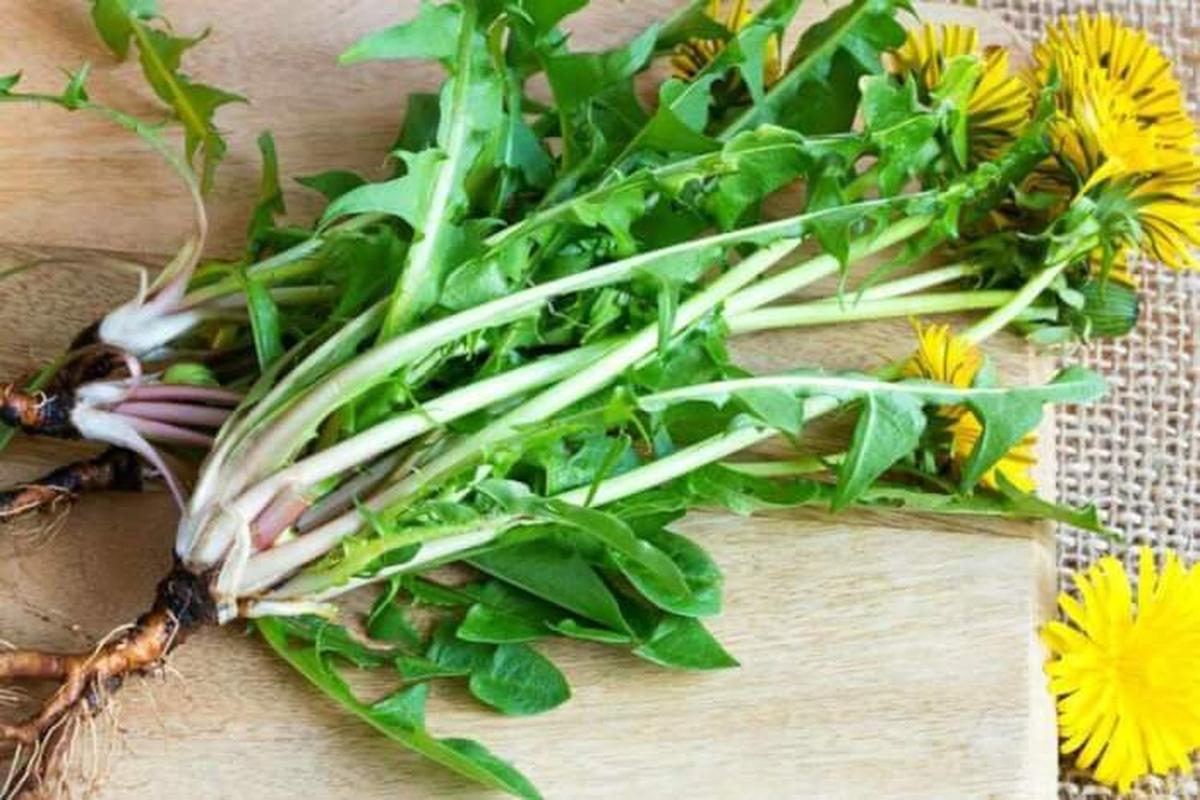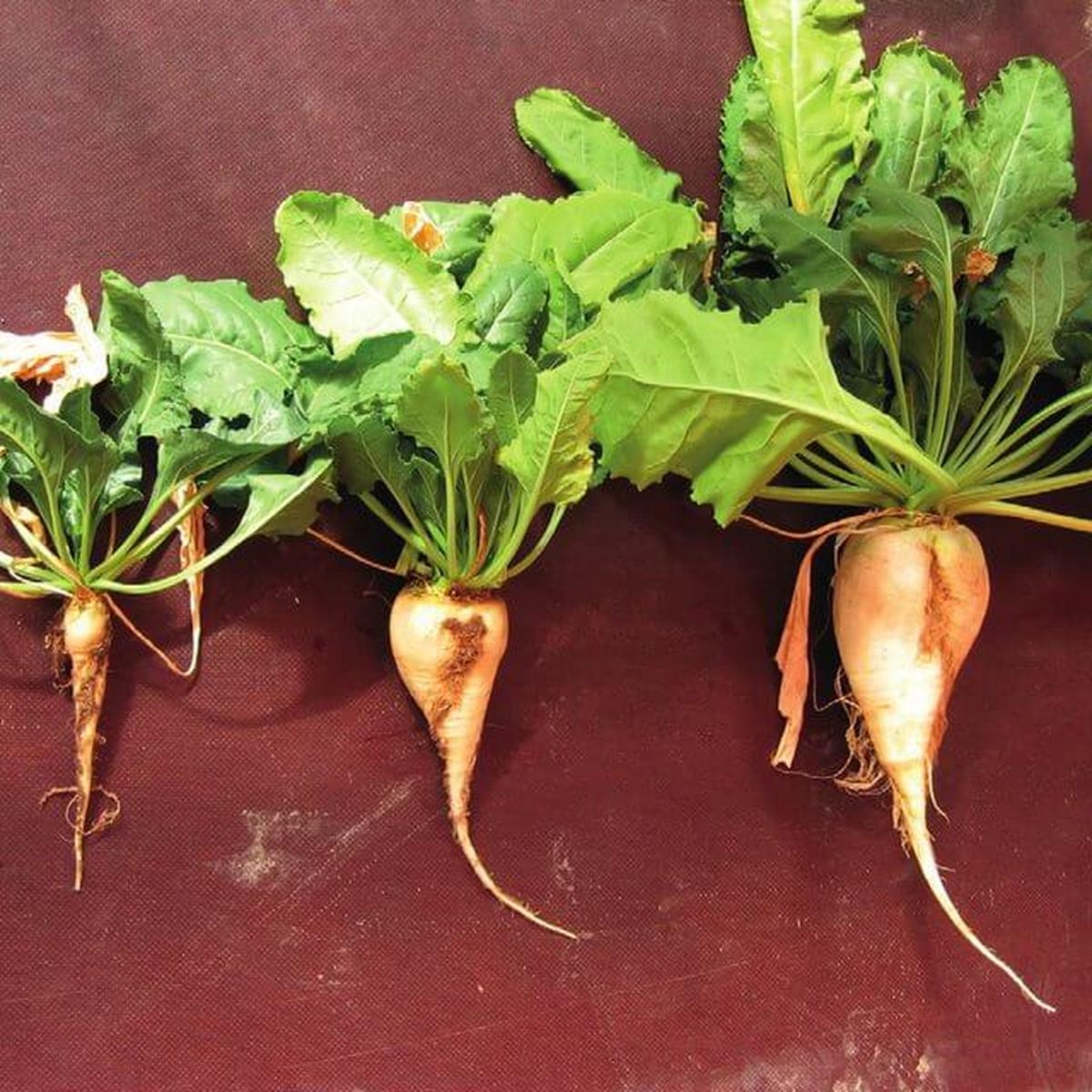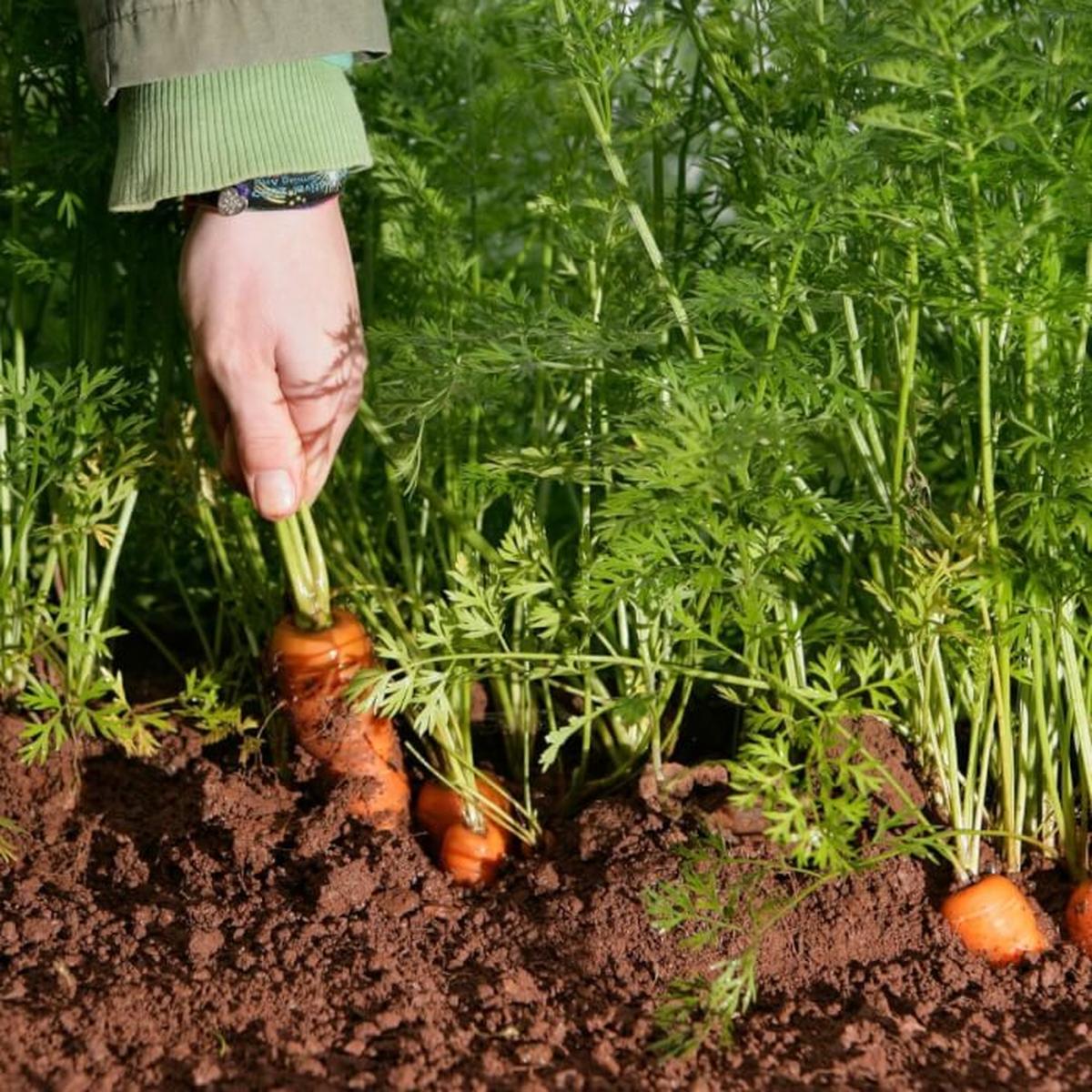10 Essential Taproot Vegetables for Your Garden
Taproot vegetables bring essential nutrients to soil layers, making them valuable additions to gardens. Known for their deep roots, these vegetables access nutrients unavailable to surface-rooted plants.
Taproots are ideal for aerating soil, enhancing garden productivity. From unique textures to vibrant colors, each type offers visual appeal alongside practical benefits.
They thrive in various climates, making them versatile choices for gardeners. Here are 10 different types of vegetables with taproots to add depth to your garden:
Radish
Radishes are quick-growing root vegetables, making them an excellent choice for gardeners eager to see results. Within just a few weeks of planting, typically around three to four, you can enjoy the fruits of your labor.
These vibrant veggies not only add crunch and flavor to dishes but also thrive in various soil types and conditions. Their rapid growth allows for multiple harvests throughout the season, offering both variety and freshness on your plate.
With minimal effort needed for cultivation, radishes prove to be a rewarding addition to any garden setup.
Rutabaga
Rutabaga, a member of the cruciferous vegetable group alongside broccoli and cabbage, features a distinct bulbous root known as a napiform taproot. This unique structure swells as it matures, offering both nutritional benefits and versatility in cooking.
Known for its earthy flavor profile, rutabaga can enhance various dishes from soups to casseroles. Packed with vitamins and minerals, this nutritious veggie is an excellent addition to any meal plan.
Exploring different recipes with rutabaga opens up new culinary possibilities while enriching your diet.
Jicama
Jicama, a starchy root vegetable similar to turnip, has garnered attention for its unique qualities. The edible part lies in the taproot, which offers a crisp texture and mildly sweet flavor.
Caution is essential since other parts of the plant, especially the beans, contain toxic properties. This intriguing veggie can add variety to your diet while being mindful of what’s safe to consume.
Exploring jicama could lead you on an exciting culinary journey with its distinct characteristics.
Parsley Root
Parsley root, resembling a parsnip, offers a distinctive flavor profile that combines notes of celery and carrot. This taproot vegetable can be enjoyed in its raw state or cooked to enhance its earthy essence.
Incorporating parsley root into your meals adds both nutritional benefits and unique taste dimensions. Its versatility allows for creative culinary applications, making it an exciting ingredient to explore in various dishes.
Whether you choose to savor it fresh or transform it through cooking methods, parsley root brings depth and character to your plate.
Beetroot
Beetroot is a versatile vegetable, offering delicious options from its roots to its greens. You can enjoy the earthy flavor of roasted beetroot or toss fresh leaves into salads for added crunch.
Rich in nutrients, this root veggie supports overall health with antioxidants and vitamins. Its vibrant color not only brightens dishes but also signifies high nutritional value.
Incorporating beetroot into your meals adds depth and variety while promoting well-being.
Parsnip
Parsnips are cream-hued taproots resembling carrots, offering a delightful sweetness after frost exposure. Harvesting them post-chill enhances their sugar content, resulting in a more flavorful taste.
This root vegetable thrives in cooler weather and adds depth to various dishes with its unique flavor profile. Incorporating parsnips into your meals not only boosts nutrition but also introduces an interesting twist to traditional recipes.
Enjoy experimenting with this versatile ingredient as you explore new culinary possibilities!
Burdock
Burdock, often regarded as a wild edible plant, offers more than just its distinctive taste. Harvesting its roots opens up the possibility of creating herbal tea and various natural remedies that can support health.
This versatile weed is not only nutritious but also has historical significance in traditional medicine practices. Incorporating burdock into your diet could introduce unique flavors while providing potential wellness benefits.
Exploring this plant allows you to connect with nature's bounty right from your backyard or local area.
Dandelion
Dandelions are versatile plants that offer more than just a vibrant appearance in gardens. The leaves, flowers, and roots of this common weed can all be consumed safely.
Dried dandelion roots make an excellent base for herbal tea, providing numerous health benefits. Incorporating dandelions into your diet is a simple way to enjoy their nutritional value while also utilizing what many consider a pesky garden invader.
With so much potential packed into these weeds, it’s time to rethink how we view them in our surroundings.
Sugar Beet
Sugar beet thrives in moderate climates, making it a suitable crop for regions with temperate weather. Its distinctive thick taproot takes on a conical shape and is rich in sucrose.
This root vegetable plays a significant role in sugar production worldwide. Farmers appreciate its adaptability to various soil types, ensuring consistent yields year after year.
Understanding these characteristics can help you grasp the importance of sugar beet cultivation in agriculture today.
Carrot
Carrots rank among the most widely recognized taproot vegetables. Thriving in loose, sandy soil, they flourish with proper care and attention.
Their versatility makes them a staple in many kitchens around the world. Rich in nutrients, carrots not only add flavor but also contribute to health benefits that support vision and immunity.
Incorporating these vibrant roots into your meals can enhance both taste and nutrition effortlessly.

